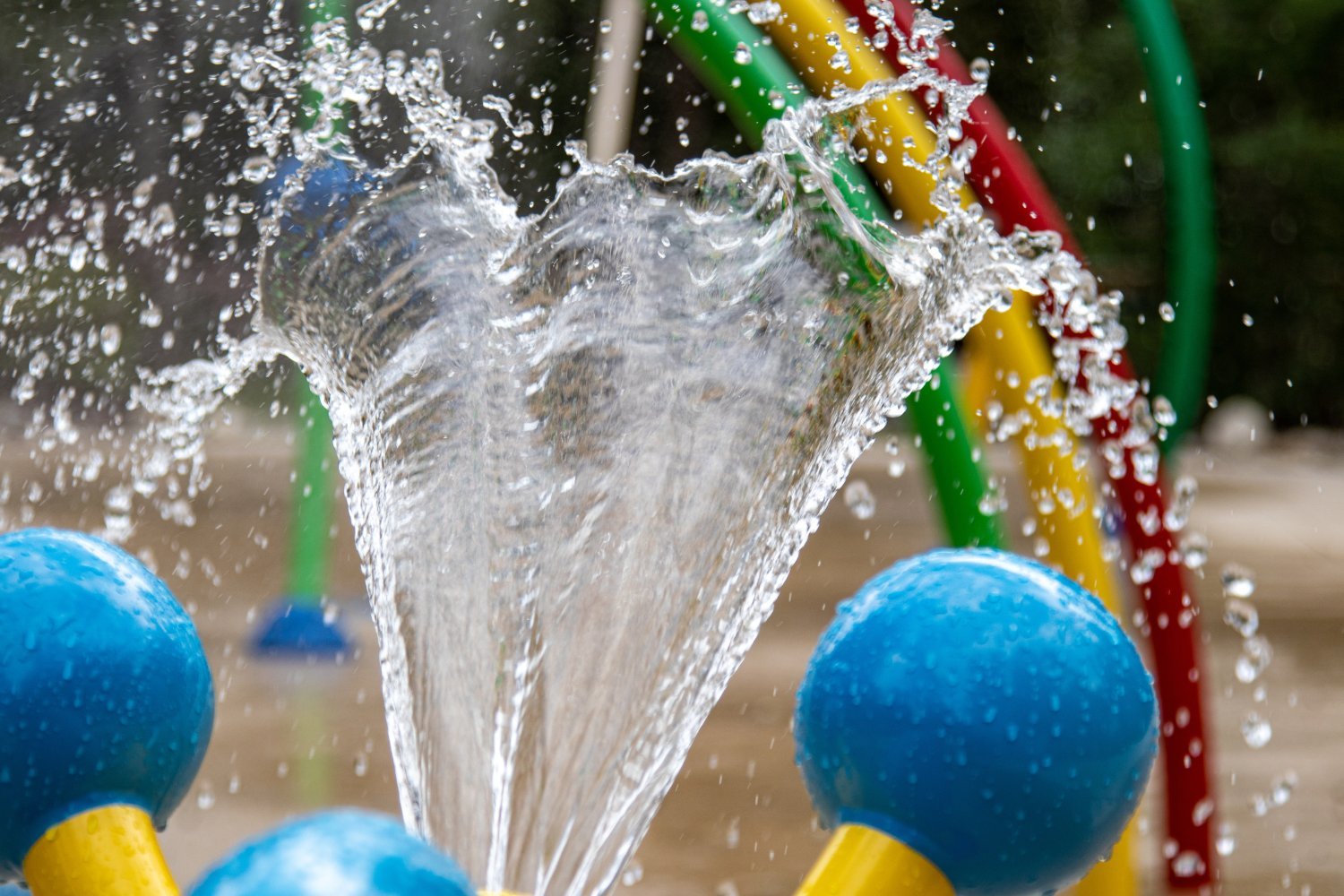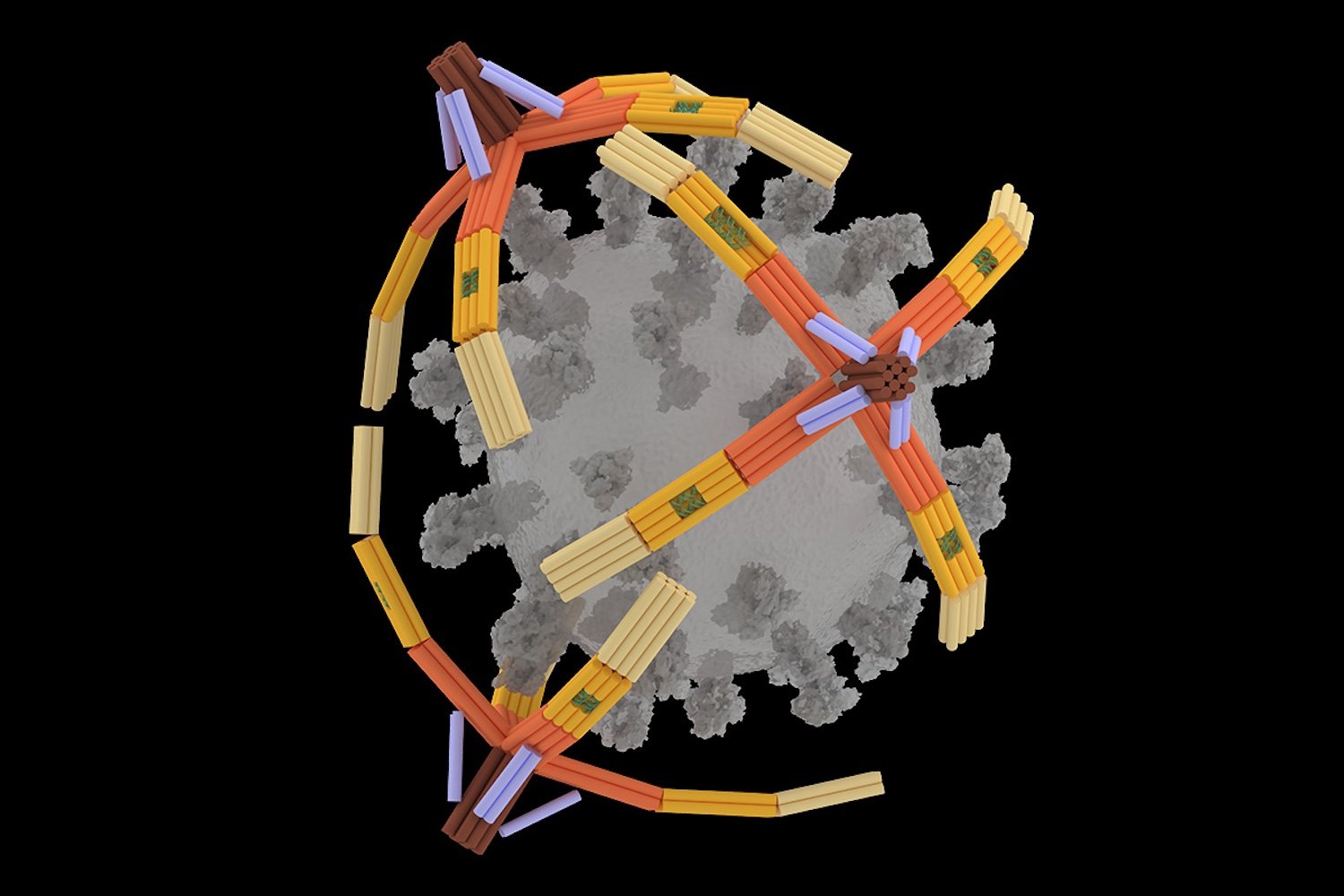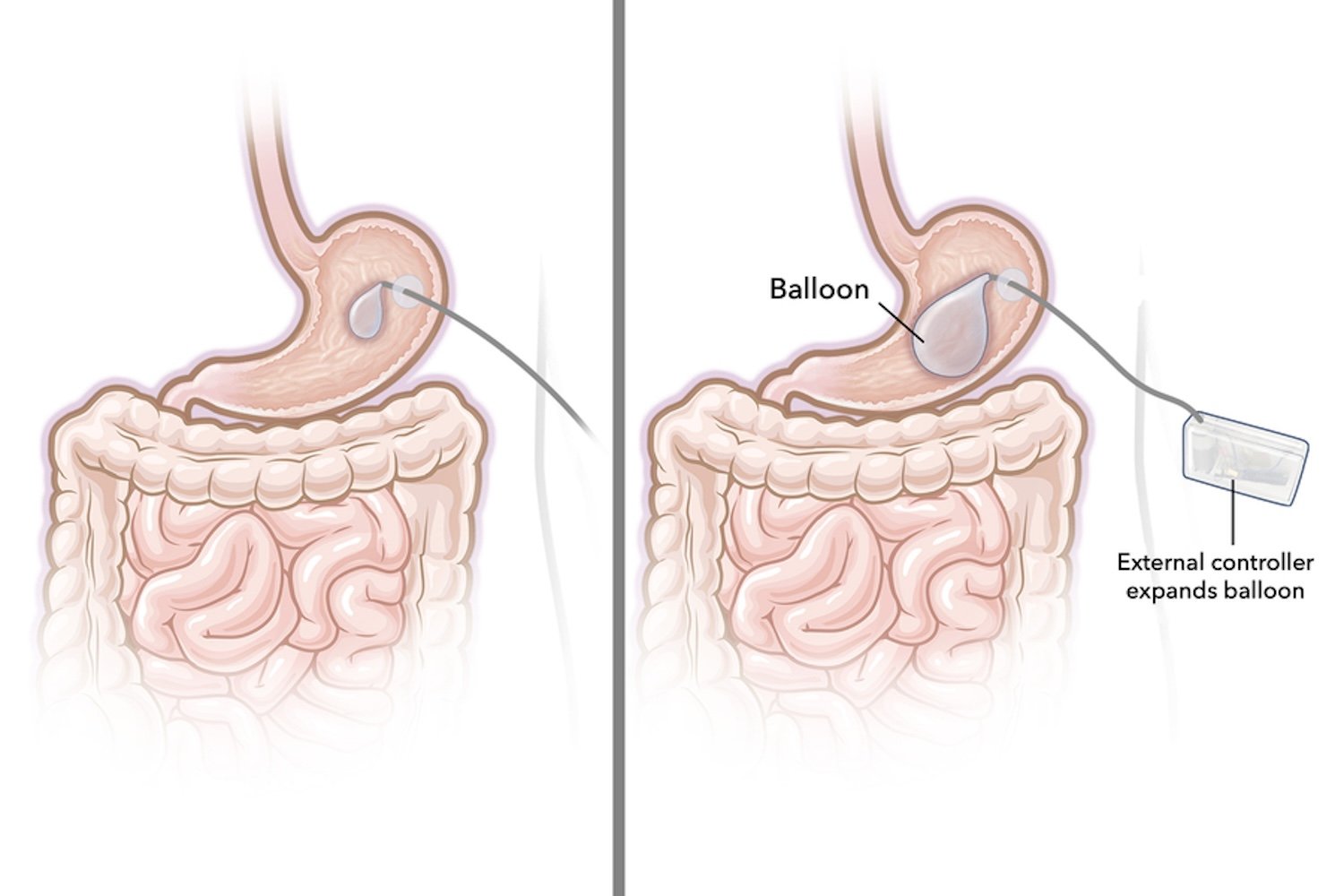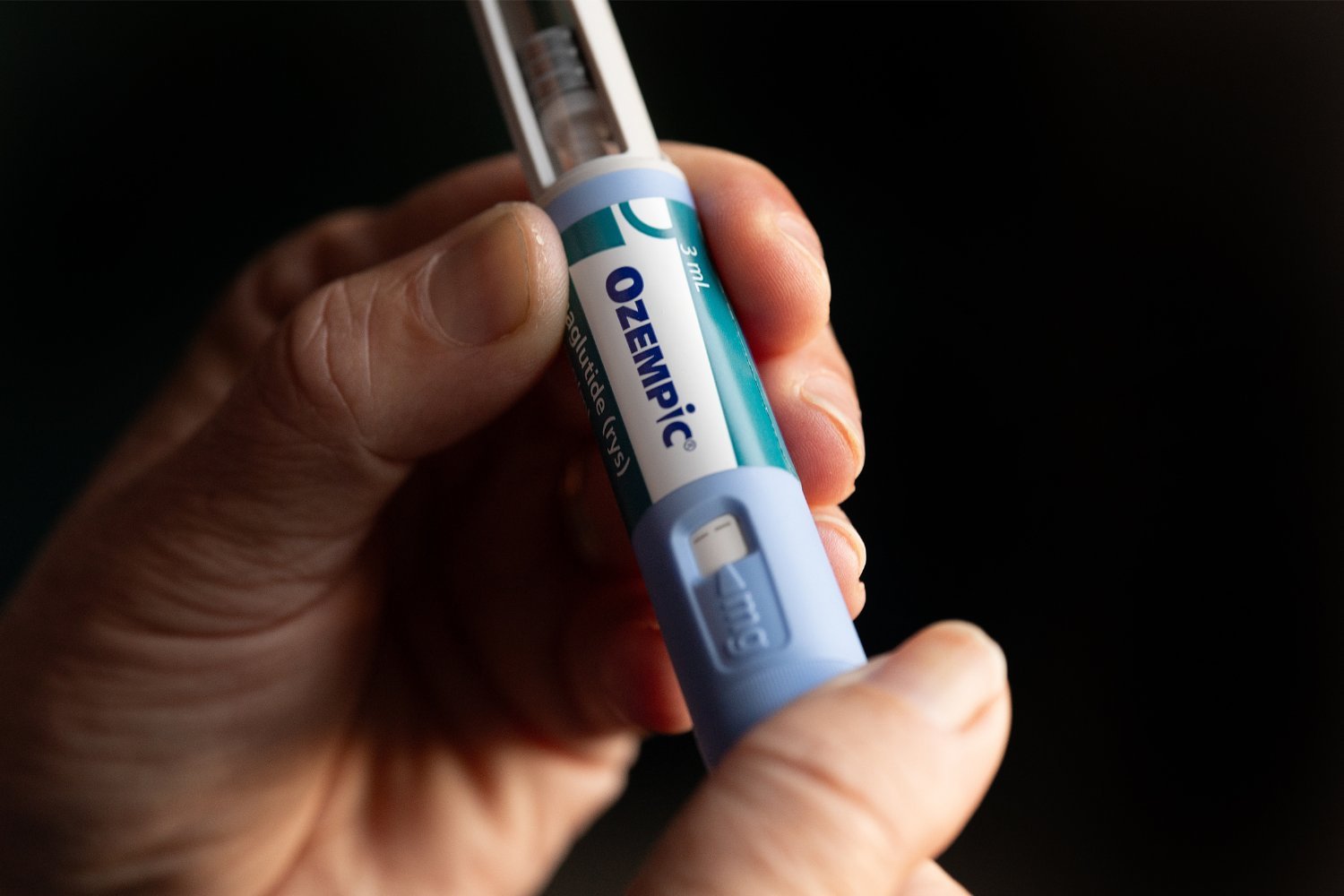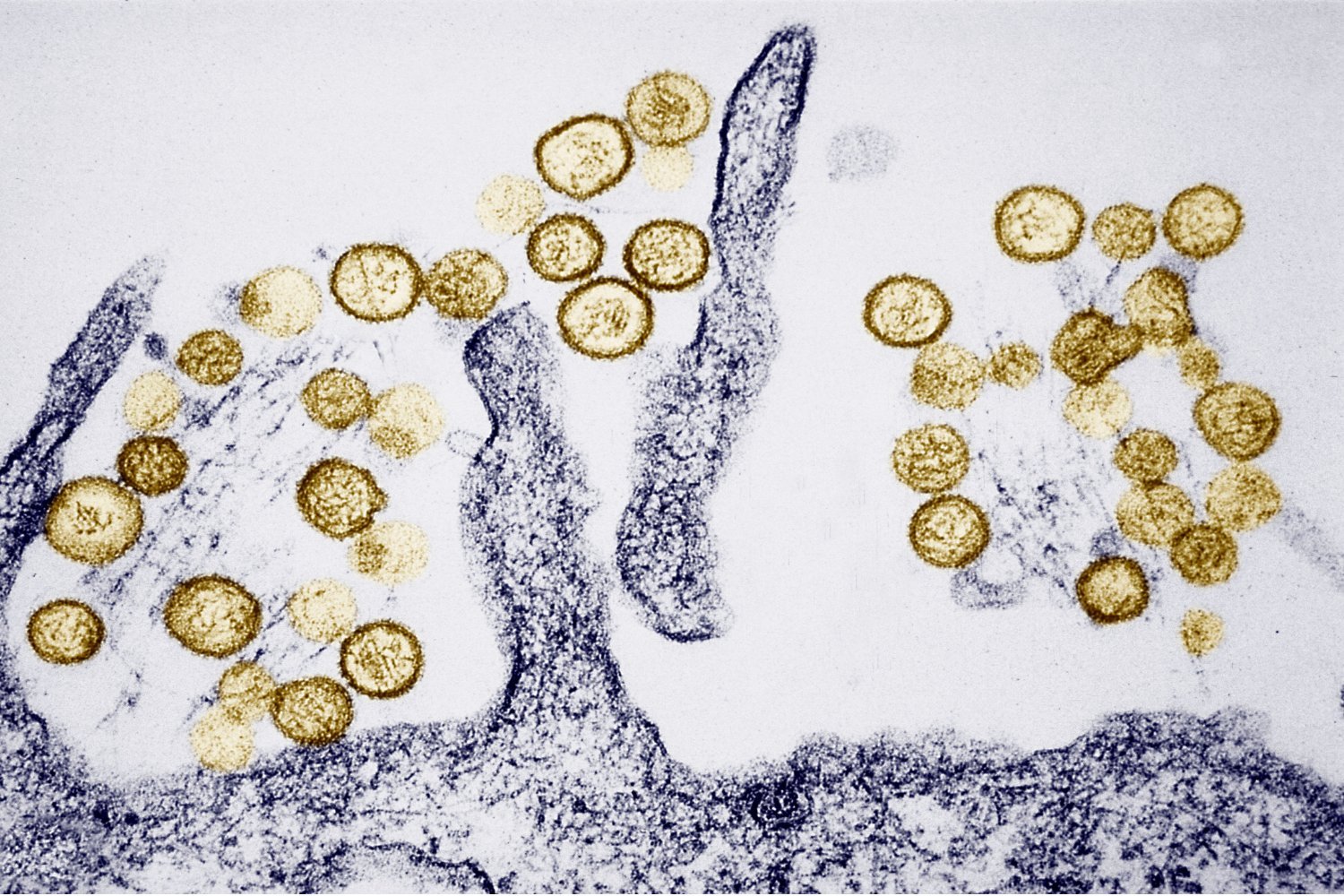Splash pads, a popular summer attraction for children, are not without risk. A new report from the Centers for Disease Control and Prevention (CDC) reveals a surprising number of gastrointestinal illnesses linked to these recreational water sources. The report, the first to quantify the extent of splash pad-related illnesses, analyzed surveillance data on waterborne disease outbreaks dating back to the mid-1990s when splash pads gained popularity in the U.S.
While often perceived as safer alternatives to swimming pools, particularly for young children, splash pads, also known as spray parks or interactive fountains, present unique challenges in maintaining water hygiene. The CDC’s findings highlight the importance of understanding these risks and taking appropriate precautions.
Chlorine-Resistant Parasites and Lack of Regulation Contribute to Outbreaks
The CDC report documented at least 60 splash pad-related outbreaks between 1997 and 2022 across 23 states and Puerto Rico, resulting in over 10,000 illnesses and 152 hospitalizations. While no deaths were reported, the sheer number of cases raises concerns about the safety of these seemingly innocuous water features.
A key culprit in many of these outbreaks is Cryptosporidium, a chlorine-resistant parasite. The CDC found this parasite responsible for two-thirds of the outbreaks (40) and a staggering 90% of the total reported cases. The report also points to the less stringent regulations surrounding splash pads compared to other recreational water facilities, potentially contributing to inadequate water treatment and increased risk of contamination.
Child Hygiene Practices Play a Significant Role in Contamination
Young children, the primary users of splash pads, are also more susceptible to infection and less likely to adhere to proper hygiene practices. Their undeveloped toileting and hygiene habits can inadvertently lead to contamination of the water, primarily through fecal matter. Contrary to popular belief, swim diapers offer no protection against this type of contamination. Additionally, young children might not understand the importance of avoiding the water if they have recently experienced diarrhea, further exacerbating the risk of spreading illness.
Recommendations for Mitigating Outbreaks
To address these concerns, the CDC recommends several strategies, including expanding regulations for splash pads, implementing secondary decontamination methods like ultraviolet light treatment to combat Cryptosporidium, and educating parents about encouraging safer behaviors in their children while using splash pads, such as discouraging standing or sitting directly over water jets.
The CDC’s findings serve as a crucial reminder that even seemingly safe water play areas can harbor harmful pathogens. By understanding the risks and adopting appropriate preventative measures, we can help ensure that splash pads remain a source of fun and enjoyment, not illness.
Conclusion: Balancing Fun with Safety at Splash Pads
The CDC’s report underscores the need for increased awareness and proactive measures to ensure the safety of splash pads. By implementing stricter regulations, improving water treatment methods, and educating the public about hygiene best practices, we can minimize the risk of waterborne illnesses and allow children to continue enjoying these popular summer attractions. While splash pads offer a refreshing escape from the heat, prioritizing safety and hygiene is essential for a healthy and enjoyable experience.



